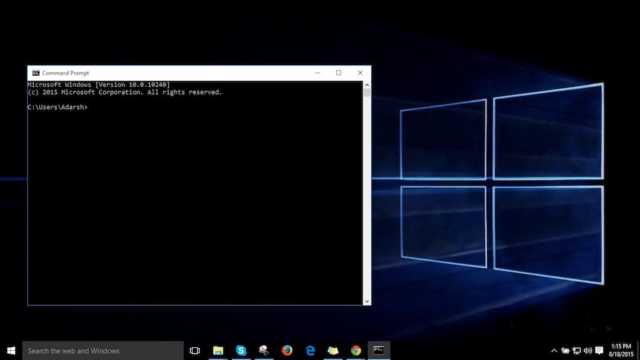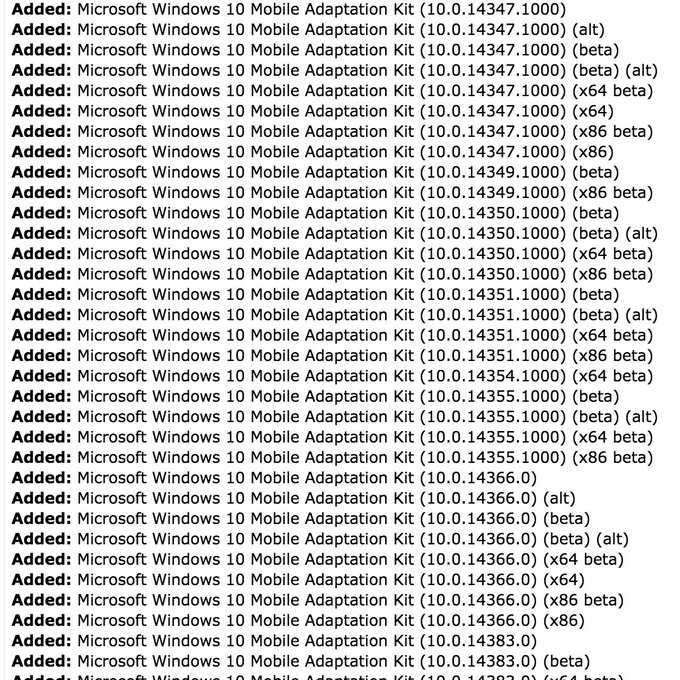
In a surprising development, Microsoft’s internal Windows 10 builds and Windows 10 source code components have been reportedly leaked and uploaded to Beta Archive. Following this, Beta Archive has removed the alleged contents from its forums and FTP servers. In an email sent to 9jabreezeland, a Microsoft spokesperson confirmed the leak.
However, Microsoft didn’t share anything on the scale of the leak and the amount of code leaked.ccording to a report from The Register, a huge chunk of Microsoft’s code was leaked and uploaded on BetaArchive. This trunk of code contained Microsoft’s internal operating system builds and source code for Windows 10. The leak is being described as bigger than Windows 2000 code leak in 2004.
The leaked data had around 32TB of official and non-public Windows installation images and software, which were compressed down to 8TB. The Register, whose journalist spotted the builds, believes that the data was leaked from Microsoft’s internal systems around March.
The leak appears to consist of a lot of Windows 10 Redstone 2 builds. Specifically, the leaked code contains Redmond’s Share Source Kit, which includes the base Windows 10 drivers source, PnP code, ARM-specific OneCore kernel code, USB and WiFi stacks, storage drivers, etc.
Apart from this, the leaked and top secret builds of Windows 10 were created by engineers for testing and bug-hunting purposes, which included private debugging symbols.
Using the above-mentioned leaked data, one can look for vulnerabilities as the code runs at the most trusted levels of Windows OS.
What does Beta Archive have to say?
As expected, Beta Archive has taken steps to remove the leaked files from their forums and FTP servers. In a statement, they also claimed that the builds came from different sources, not a single leak. “The folder itself was 1.2GB in size, contained 12 releases each being 100MB. This is far from the claimed “32TB” as stated in The Register’s article, and cannot possibly cover “core source code” as it would be simply too small, not to mention it is against our rules to store such data,” they further added.
You can read Beta Archive’s complete statement here. We’ve contacted Microsoft for a statement on the same, and we’ll be updating this article when we’ll hear something back.
What does Microsoft have to say?
Update: June 26, 2017
In an email sent to 9jabreezeland, a Microsoft spokesperson confirmed the leak. However, Microsoft didn’t share anything on the scale of the leak and the amount of code leaked.
“Our review confirms that these files are actually a portion of the source code from the Shared Source Initiative and are used by OEMs and partners,” a Microsoft spokesperson told 9jabreezeland.





Comments
Post a Comment